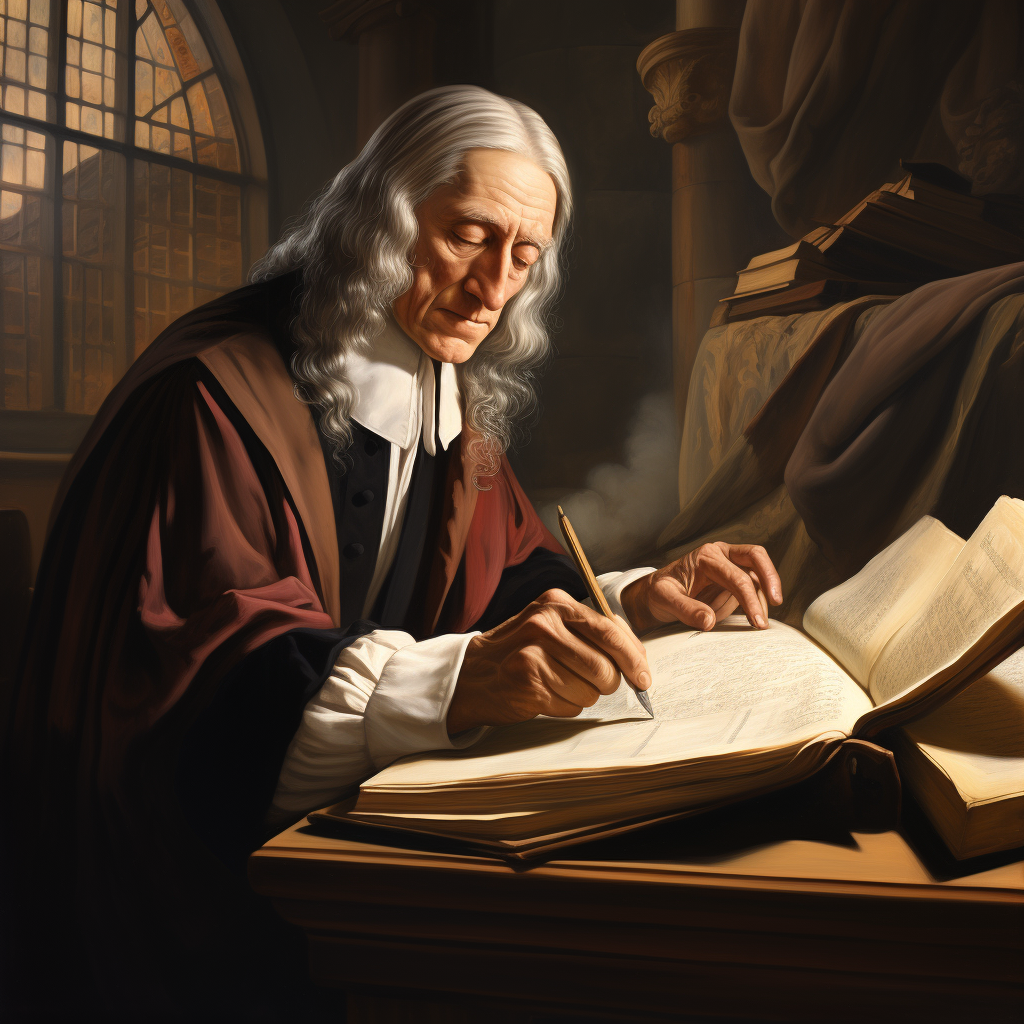
Then God said, “Let us make humans in our image, according to our likeness, and let them have dominion over the fish of the sea and over the birds of the air and over the cattle and over all the wild animals of the earth and over every creeping thing that creeps upon the earth.”
So God created humans in his image, in the image of God he created them, male and female he created them.
Genesis 1:27 (NRSV)
The belief that humanity was created in the image of God ultimately finds its foundation in Genesis 1:27, which states, “So God created humankind in his own image, in the image of God he created them; male and female he created them.” This verse implies the inherent worth and dignity of every human being, as we are created in the likeness of God. We mirror and reflect God in the creation.
Genesis 1:27 suggests that humans bear a resemblance to God. In Genesis, the focus of that resemblance may especially have to do with humanity as a sort of ruler within the creation, just as God is ruler over all. This concept is sometimes called the “political” image of God.
However, Christians have come to understand the image of God as much more than simply humanity’s responsibility as steward and guardian of the creation. The New Testament clearly considered the image of God as a basis for us to respect one another (e.g., Jas 3:9). Similarly, Christians see God’s likeness in the nature, qualities, and abilities of humanity. The image of God in each of us implies the inherent value and uniqueness of every human being not least because we embody God's characteristics.
The verse also highlights the equal status of male and female before God as partaking of the imago Dei. Both genders share in the image of God, emphasizing the importance of gender equality and mutual respect. The implication is that, in creation, there is no superiority or subordination of one gender to the other. The equal worth and significance of every person is affirmed.
John Wesley
John Wesley emphasized the imago Dei as a central tenet of his theological framework. He especially discusses the image of God in his sermon, “The New Birth.” Here are some aspects of the doctrine that he emphasized:
Wesley explores the concept of the image of God and its restoration through the transformative experience of the new birth or regeneration. According to Wesley, the image of God in humanity has three key dimensions:

Natural Image: Wesley describes the natural image of God as the original state in which humans were created. It encompasses rationality, understanding, and moral capacity. This aspect reflects our ability to reason, exercise free will, and make moral choices. It implies that humans possess intellect, volition, and the capacity for righteousness, mirroring the attributes of God.
Political Image: Wesley highlights the political image of God, emphasizing the relational aspect of our being. He states that humans were created for fellowship and living in community. This dimension reflects our capacity for social interaction, forming relationships, and exercising authority. It emphasizes the importance of love, compassion, and justice in our interactions with others. The political image signifies the relational nature of God’s image in humanity.
Spiritual Image: The spiritual image of God is the aspect that Wesley considers most important and transformative. He explains that, through the new birth, which is the work of the Holy Spirit, this image is restored and developed within believers. The spiritual image involves the transformation of the heart, the renewal of the mind, and the development of holy desires. It reflects God’s attributes of holiness, love, and righteousness being formed in the believer’s life.
For Wesley, the new birth is the process by which the spiritual image of God is reestablished in us. He sees it as a profound inward transformation brought about by the work of the Holy Spirit. Through the new birth, believers are united with Christ, their hearts are purified, and they experience the love of God poured into their hearts. This transformation enables them to grow in Christlikeness and live in alignment with God’s image.